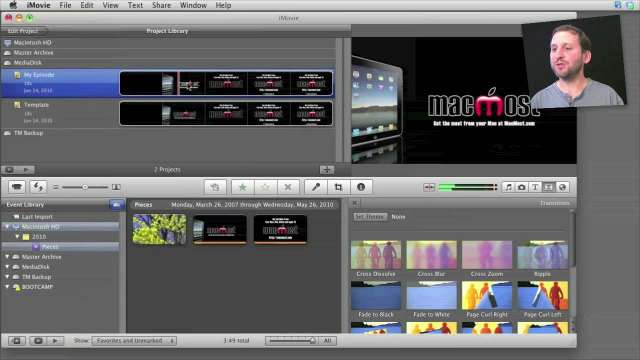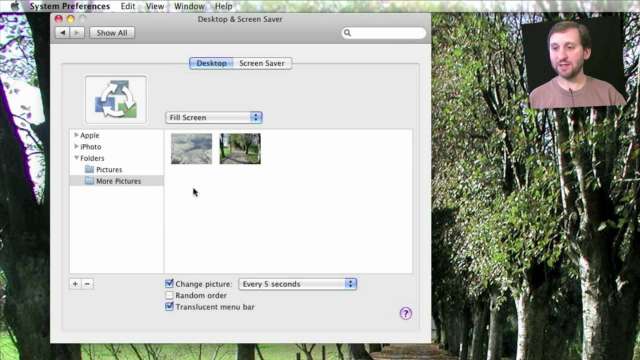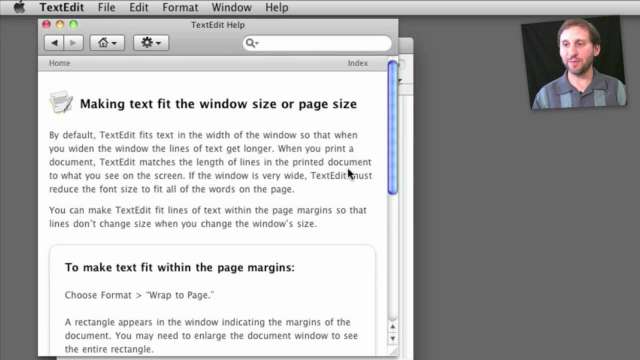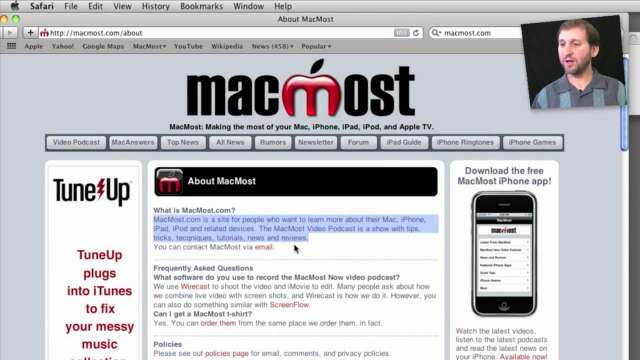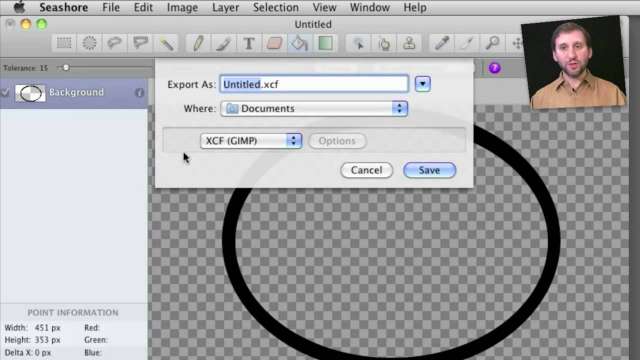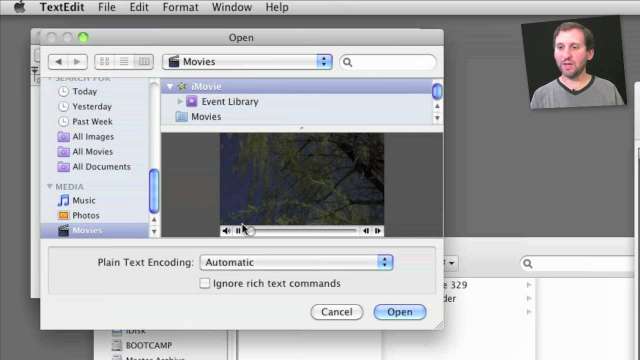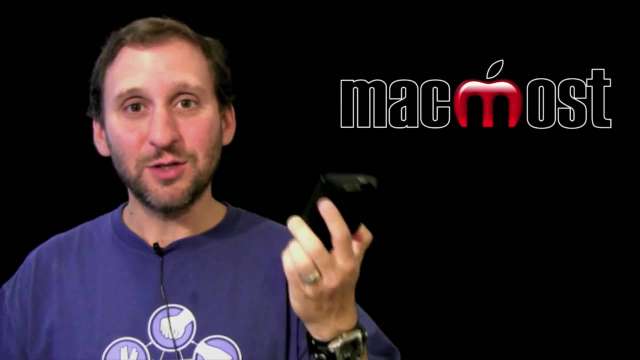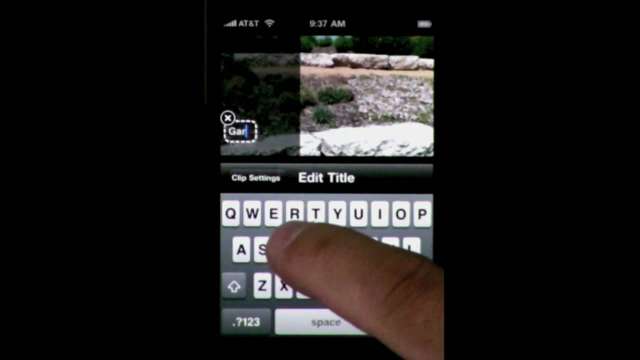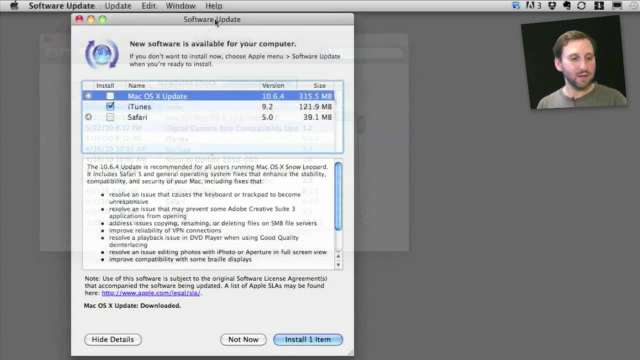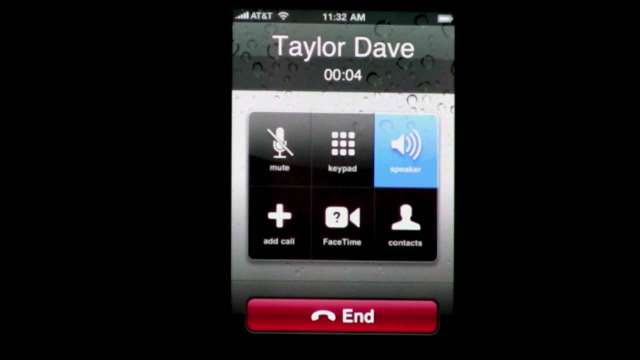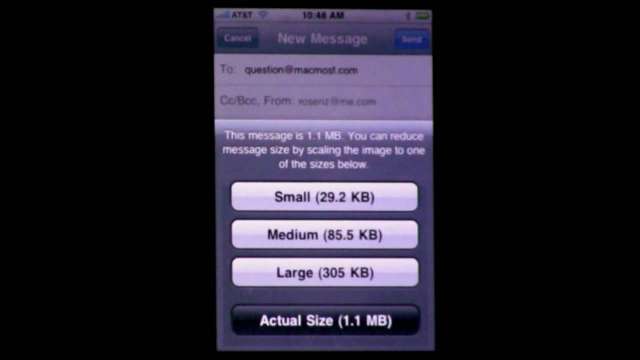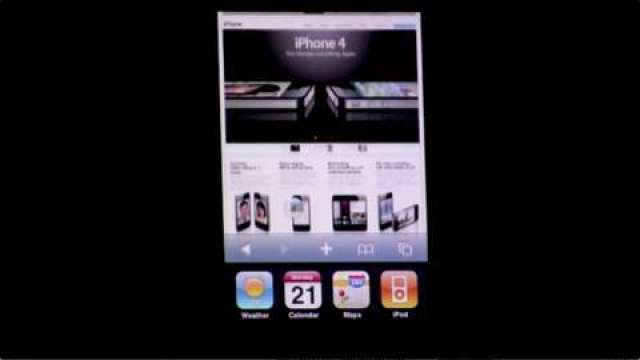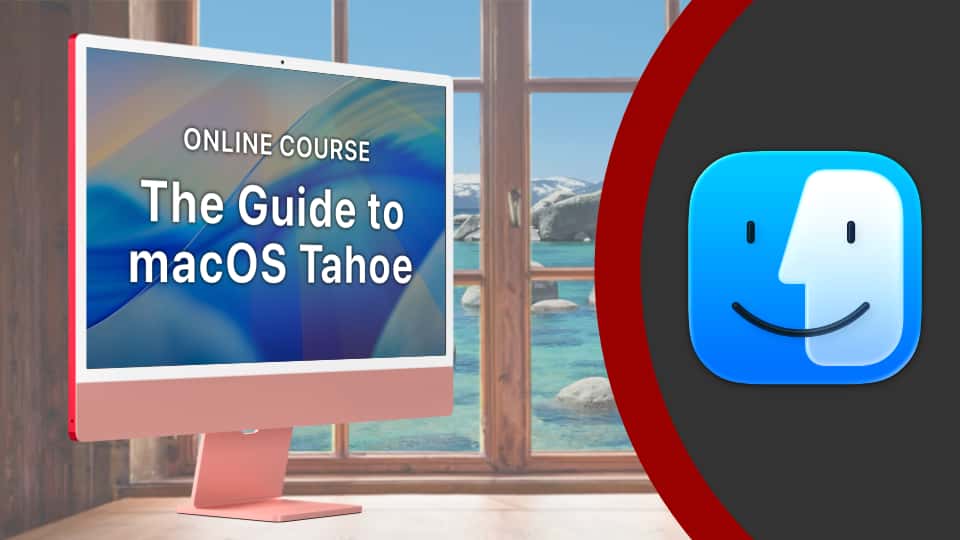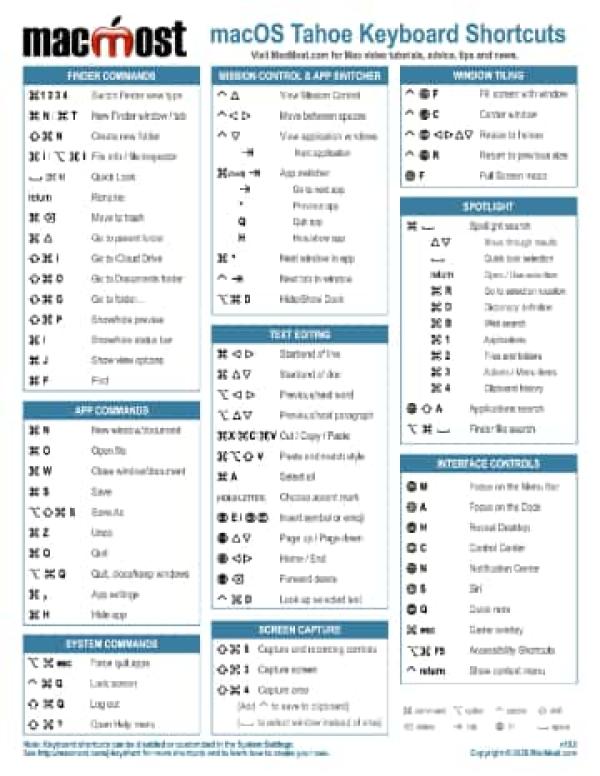 Many are still complaining about iPhone 4 reception problems, and Apple has called a special press conference for Friday morning. Speculation about the announcement ranges from free bumper cases for all iPhone 4 users to Apple simply presenting evidence to dismiss complaints.
Many are still complaining about iPhone 4 reception problems, and Apple has called a special press conference for Friday morning. Speculation about the announcement ranges from free bumper cases for all iPhone 4 users to Apple simply presenting evidence to dismiss complaints.
Meanwhile, developers have received version 4.1 of iOS for testing. The update increases the accuracy of how reception strength is reported on the phone.
This week Consumer Reports declined to recommend the iPhone 4 based on the reception issue, despite giving it the highest rating among smartphones. Others have criticized the magazine’s testing methods, and many of the testing methods used by other media sources.
MacMost’s own unscientific field testing shows that the iPhone 4 without a case does seem to lose “bars” when held tightly. A protective case seems to fix the problem. Call drops have been experienced, but at no greater rate than with previous iPhone models.
In other news, Apple has set up a program for replacing some defective Time Capsule units sold between February and June of 2008. These defective models sometimes shut down unexpectedly or have trouble starting up. Those with the problem should take it to an Apple Store or authorized retailer to be checked out.
 This week attention remained on iPhone 4 reception issues. A software update is on the way, but some reports say that this update merely changes how signal strength is reported on the phone in “bars” rather than changing actual reception. Other reports indicate that bars are indeed the issue, and that holding an iPhone 4 the wrong way won’t necessarily cause calls or the Internet connection to drop. Many iPhone 4 owners make this a non-issue by simply getting a protective case for the iPhone.
This week attention remained on iPhone 4 reception issues. A software update is on the way, but some reports say that this update merely changes how signal strength is reported on the phone in “bars” rather than changing actual reception. Other reports indicate that bars are indeed the issue, and that holding an iPhone 4 the wrong way won’t necessarily cause calls or the Internet connection to drop. Many iPhone 4 owners make this a non-issue by simply getting a protective case for the iPhone.
Meanwhile, AT&T said that upload speeds for some iPhone 4 users may not be as fast as they should be, due to a software problem on the AT&T side that should be fixed soon.
Apple continues to update its MobileMe service. After just completing an update of web-based email, there is now a beta test of a new web-based calendar interface. You can see the new interface by going to your MobileMe calendar on the Web, and clicking on a link to request to be part of the beta. Apple has posted a FAQ with details about the new calendar.
Rumors this week include talk of a new Apple TV that may more closely resemble the iPod Touch than a Mac running Front Row. There may even be an app store. Also, fresh rumors point to a new iPod Touch with cameras and support for FaceTime video calls.
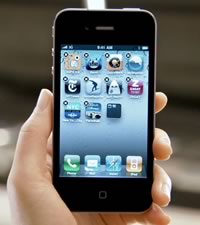 Apple moved 1.7 million iPhone 4s in the first three days of sales to five countries. Steve Jobs called it the most successful product launch in Apple’s history. iPhones ordered online now aren’t scheduled to ship for three weeks. Apple and AT&T stores often receive a small number of new phones each day, but sell out quickly, making the iPhone hard to find anywhere.
Apple moved 1.7 million iPhone 4s in the first three days of sales to five countries. Steve Jobs called it the most successful product launch in Apple’s history. iPhones ordered online now aren’t scheduled to ship for three weeks. Apple and AT&T stores often receive a small number of new phones each day, but sell out quickly, making the iPhone hard to find anywhere.
Some of those who have been able to get the new iPhone are complaining about a reception issue that occurs when the iPhone is cupped tightly in hand. This same problem occurs on other phones, including older iPhone models, but is reportedly more pronounced on the iPhone 4, which uses its external metal band as an antenna. Using an Apple “bumper” case or any other case seems to eliminate the problem.
One lawsuit over the issue has already been filed against Apple, and others have threatened to sue. There have also been rumors of a coming software fix from Apple that will alleviate the problem.
Other rumors this week also pertain to the iPhone. One has Apple coming out with the iPad iWork apps for the iPhone 4. iOS 4 does support the use of Bluetooth keyboards, which makes using something like Pages more plausible. There are also more rumors this week of a Verizon version of the iPhone coming later this year or early next.
 This week was dominated by iPhone news. Monday saw the release of iOS 4, the fourth major revision of the iPhone OS. Thursday morning the iPhone 4 became available across the U.S. and several other countries. During the week, the new iBooks app for iPhone and iMovie app for iPhone 4 were released.
This week was dominated by iPhone news. Monday saw the release of iOS 4, the fourth major revision of the iPhone OS. Thursday morning the iPhone 4 became available across the U.S. and several other countries. During the week, the new iBooks app for iPhone and iMovie app for iPhone 4 were released.
The release of iOS 4 brought new features like multitasking and app folders to the iPhone 3GS and iPod Touch 3rd generation. In addition to these major features, dozens of minor improvements to the operating system and base apps were introduced. Some of these improvements also work on the older iPhone 3G and 2nd generation iPod Touch. iOS 4 will eventually make it to the iPad as well, although not until the fall.
The iPad iBooks app, an e-book reader, is now also available on the iPhone and iPod Touch. Books purchased in the iBooks store can be spread across each of the devices if you own more than one. Bookmarks and your place can be synced between devices as well.
Thursday morning saw huge lines at Apple stores, partially fueled by rumors of iPhone 4 shortages. But reports from around the U.S. suggest that Apple has enough on hand to fulfill all reservations, plus perhaps hundreds of walk-ins per store. Fewer reservations and no walk-ins at all were available at AT&T stores and other retailers that carried the iPhone on launch day.
The new iPhone features a front-facing second camera for video calls, a 5 megapixel camera for photos and HD video, a new design, faster processor and longer battery life.

